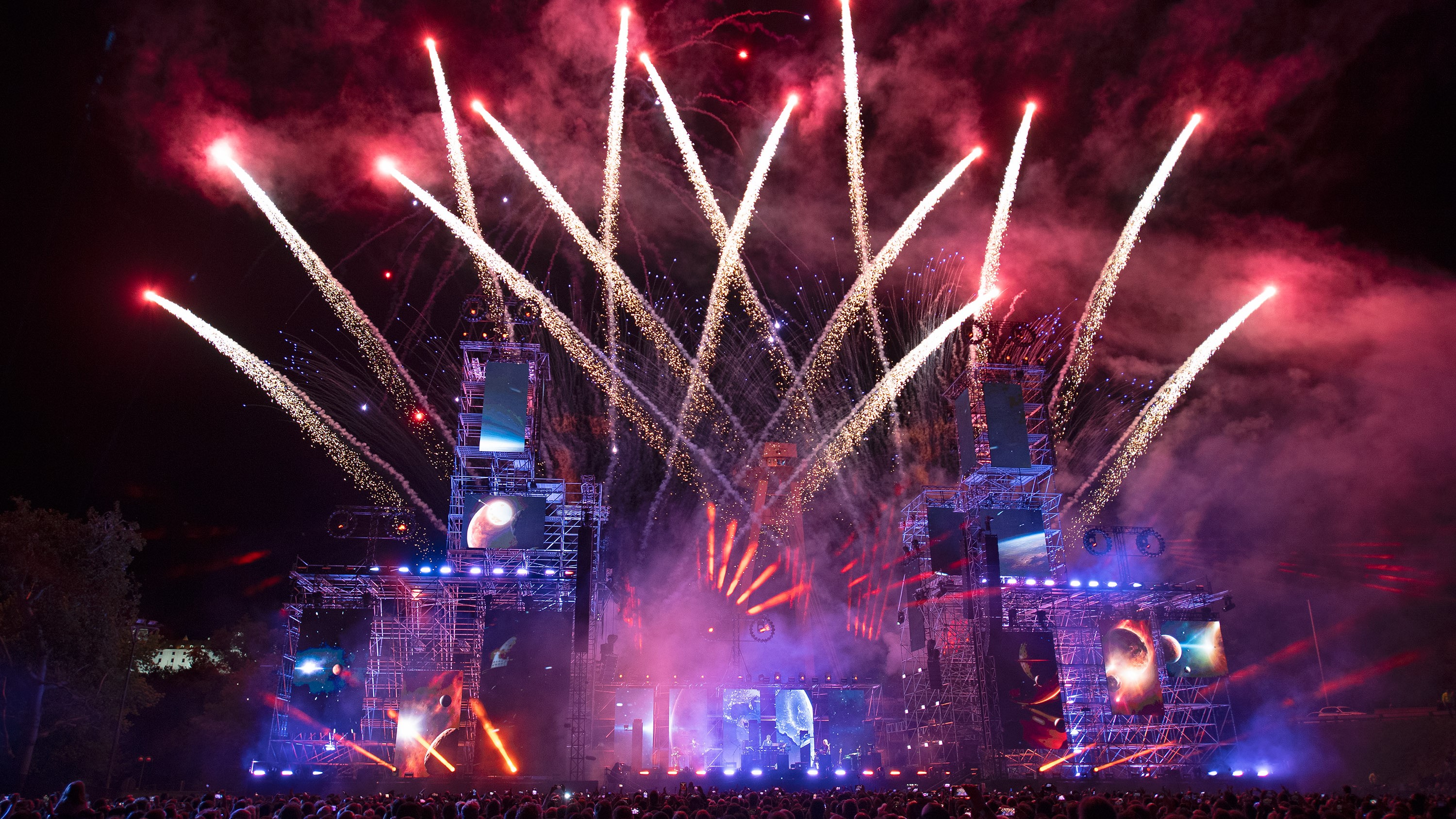
BRATISLAVA, Slovakia — The Starmus International Festival is a one-stop shop for science enthusiasts around the world. After a week of inspiring and thought-provoking lectures from a star-studded group of scientists and former astronauts coupled with performances by talented musicians, Starmus exceeded all expectations.
Starmus combines art, music, and science to elevate science communication and "engage humanity in the biggest questions of our time," as stated by the organizers. This year's festival, themed "The future of our home planet," gathered more than 50 prominent experts in climate change, environmental science, artificial intelligence, and cybersecurity in Bratislava, Slovakia, for an extensive multi-day event from May 12 to May 17, 2024.
The star-packed lineup included Nobel Prize winners Michel Mayor, Emmanuelle Charpentier and Kip Thorne, astronauts Charlie Duke, Chris Hadfield, Kathryn Thornton, Garrett Reisman and legendary primatologist and anthropologist Jane Goodall.
Related: Stephen Hawking Medal 2024 winners announced at star-studded Starmus VII festival
I was fortunate enough to head to Bratislava and experience the festival for the first time. It did not disappoint.
The festival began with an epic live performance from electronic music pioneer Jean Michel Jarre featuring legendary Queen guitarist Brian May. You needed 360-degree vision to experience everything the concert had to offer fullyFrom futuristic laser light and drone shows to wild pyrotechnics and captivating visual graphics, all paired together with a legendary Jean Michel Jarre soundtrack.
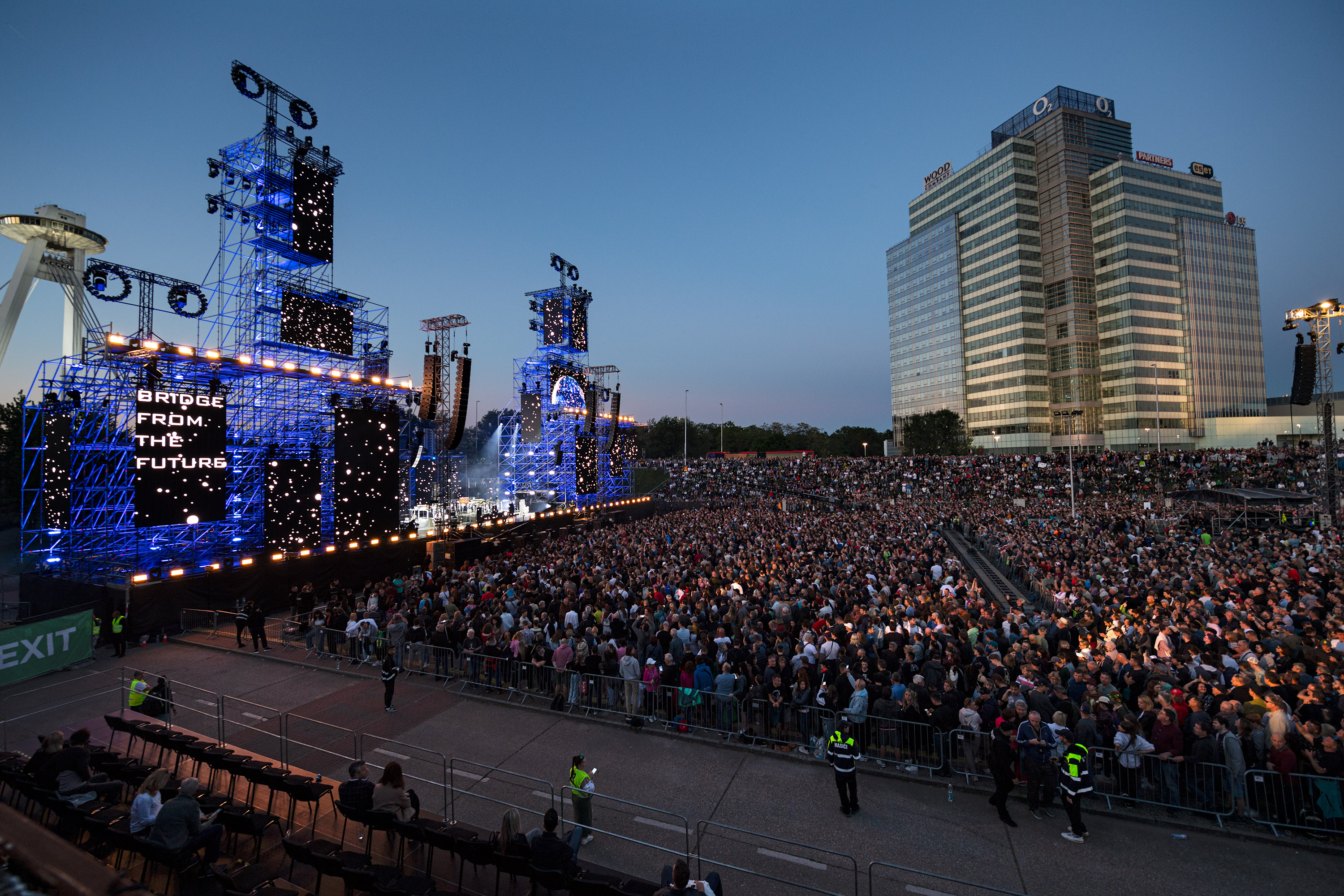
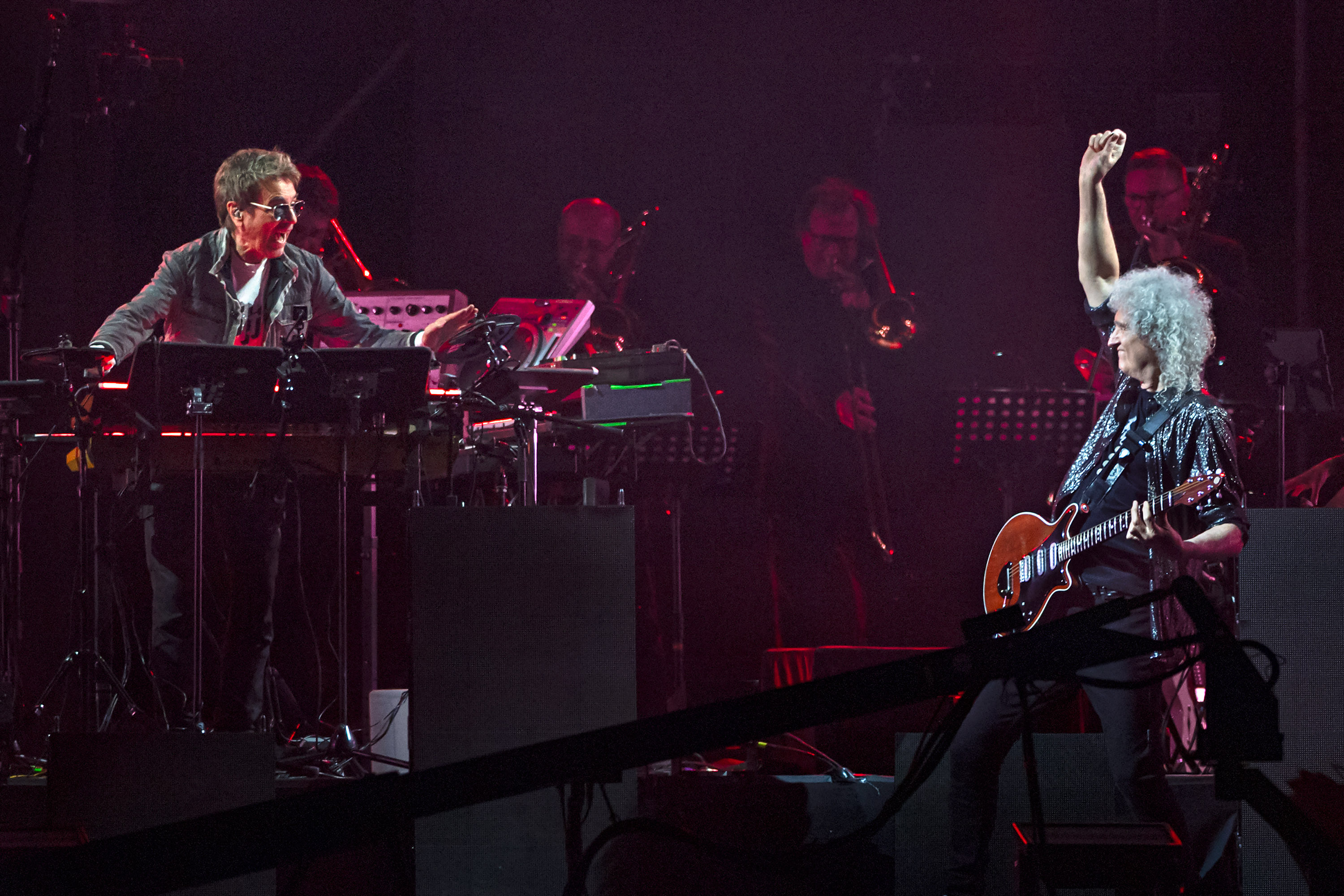
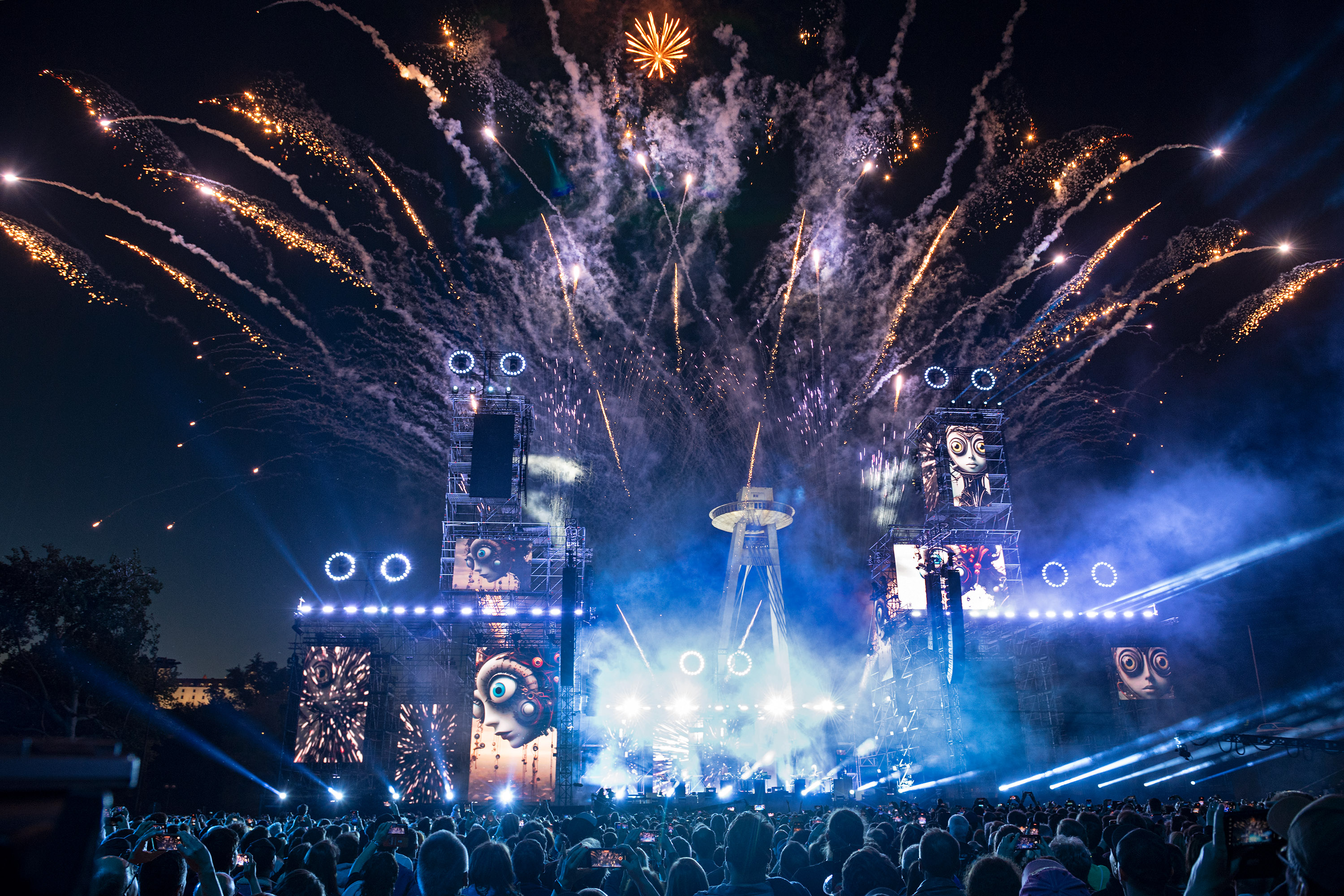
The following day Jane Goodall inaugurated the festival with an emotional speech about our beautiful blue planet and the preciousness of life. She stressed the importance of hope while also calling for action to mitigate the irreversible damage we are causing.
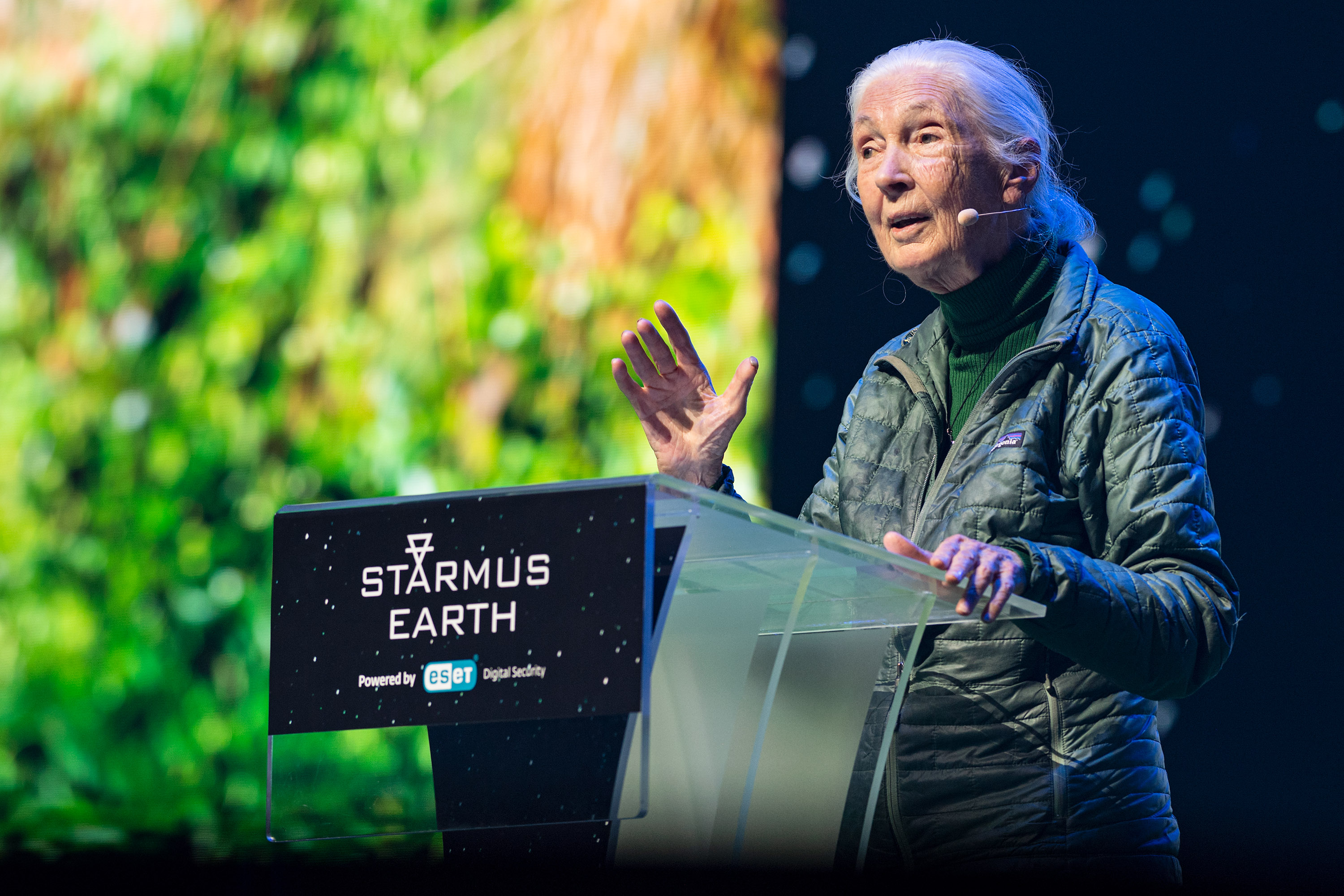
Goodall was followed by world-renowned scientists, researchers and former astronauts, each bringing their unique views and insights on the little blue marble we call home.
I was deeply inspired by the world-renowned oceanographer Sylvia Earle and her presentation on our vast oceans and the life dwelling in the deep. Over her 50-year career, Earle has spent thousands of hours underwater and published over 100 scientific papers. Notably, she was the first woman to serve as chief scientist at the National Oceanic and Atmospheric Administration (NOAA). Her dedication to the oceans and her ability to convey their marvels is truly commendable. Earle illustrated the wonders of the oceans and emphasized how much we still have to learn about some of the deepest parts of our own planet.
While previous incarnations of the festival focussed on looking out to the worlds beyond ours, this year's Starmus was unique in that its primary focus was planet Earth. But as Earle rightly pointed out "Earth is part of space, it just happens to be here."
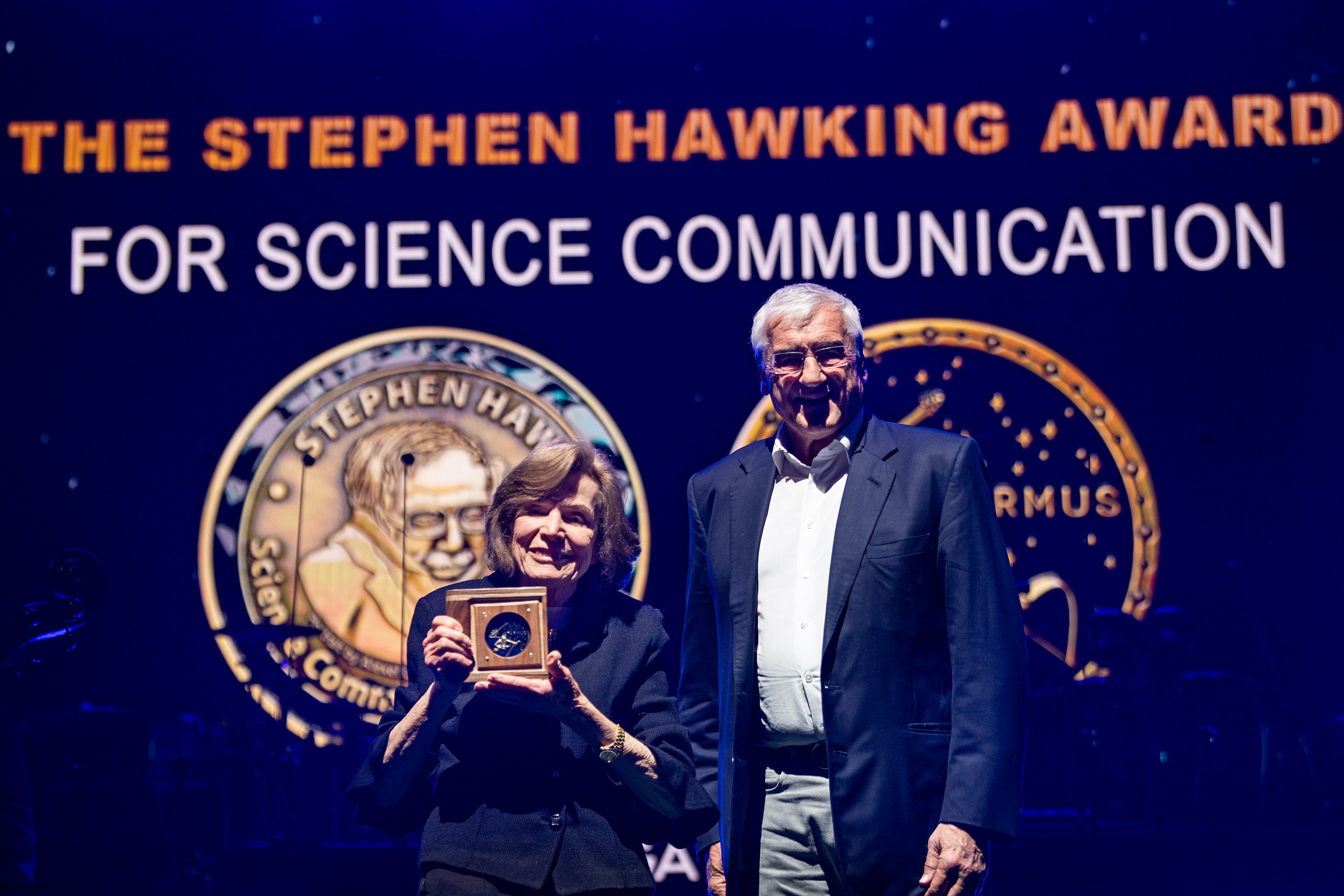
On Day 3 of the festival, I was delighted to watch Earle receive the Stephen Hawking Medal of Science Communication alongside three other recipients, artist Laurie Anderson, Filmmaker Christopher Nolan and presenter and author Sir David Attenborough at an award ceremony that evening. The Stephen Hawking medal is awarded to individuals and teams who have made significant contributions to science communication across four categories: Music & Arts, Science Writing, Films & Entertainment, and Lifetime Achievement.
Hosted by comedian and writer Robin Ince, the Stephen Hawking Medal Ceremony also featured performances from Tony Hadley former lead singer of Spandau Ballet, keyboardist and composer Rick Wakeman and astrophysicist and former Queen guitarist Brian May to name but a few. The night was topped off by an energetic and entertaining set from the iconic punk-rock band The Offspring.
At the mid-way point of the Starmus Earth festival, an epic 'star party' was held within the towering ruins of Devin Castle. That night guests mingled amongst exquisite food, music and of course, telescopes!
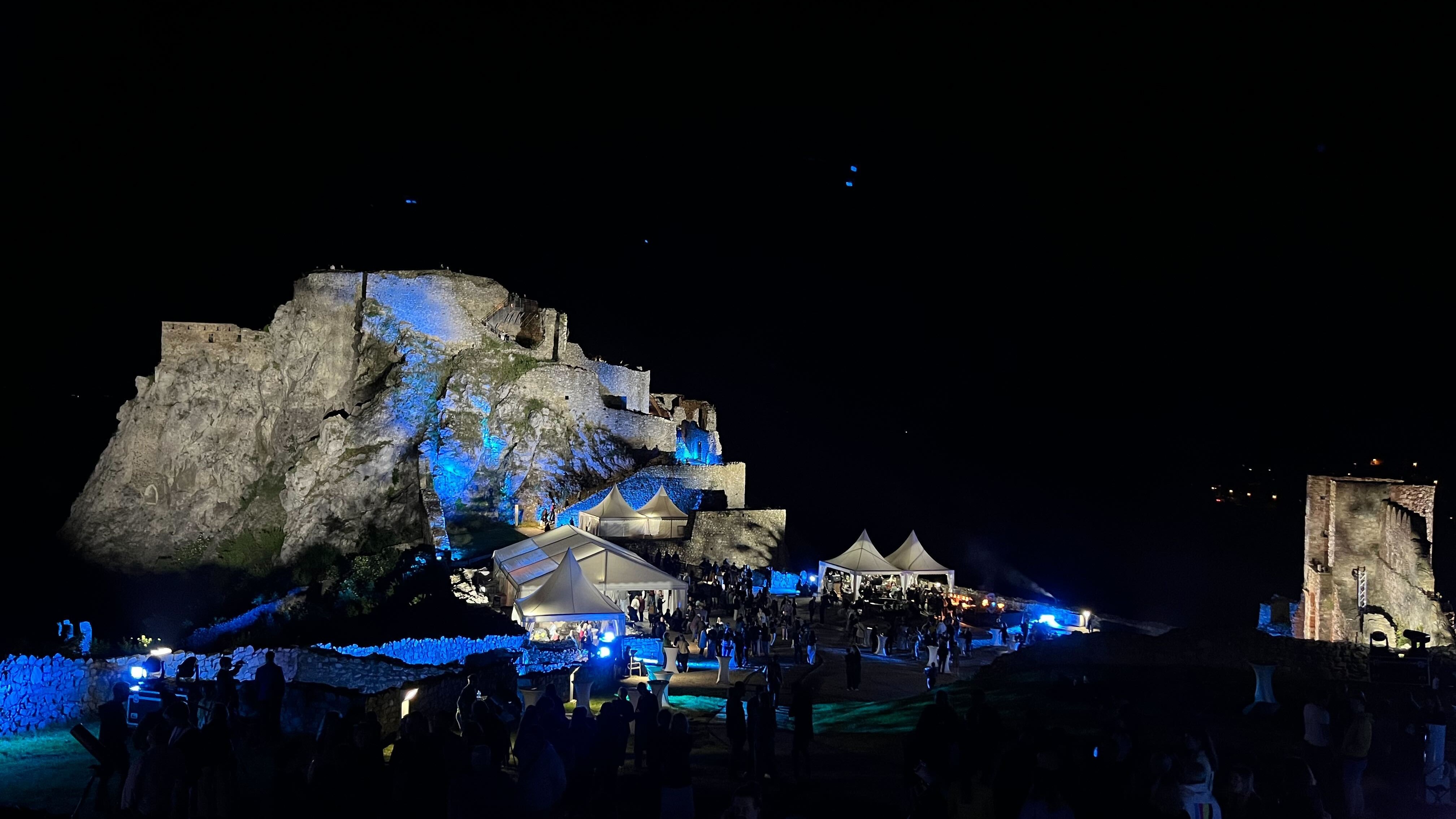
From our nearest neighbor, the moon, to stunning nebulas and galaxies 11 million light-years away, we could explore the cosmos high on a hill in the beautiful Slovakian countryside. My favorite observation target was M57, also known as the Ring Nebula. A colorful jewel in the night sky, the ring nebula dazzled with delicate blues, oranges and reds.
The focus of the second half of the week shifted more from environmental and Earth science to the future of AI and space exploration.
Former Canadian Space Agency astronaut Chris Hadfield presented an enlightening presentation on space junk and how we are trying to solve the debris problem, and was later followed by former NASA astronaut Garrett Wiseman who spoke about SpaceX and the strides it is taking in human spaceflight, with sights firmly set on the moon and then to Mars.
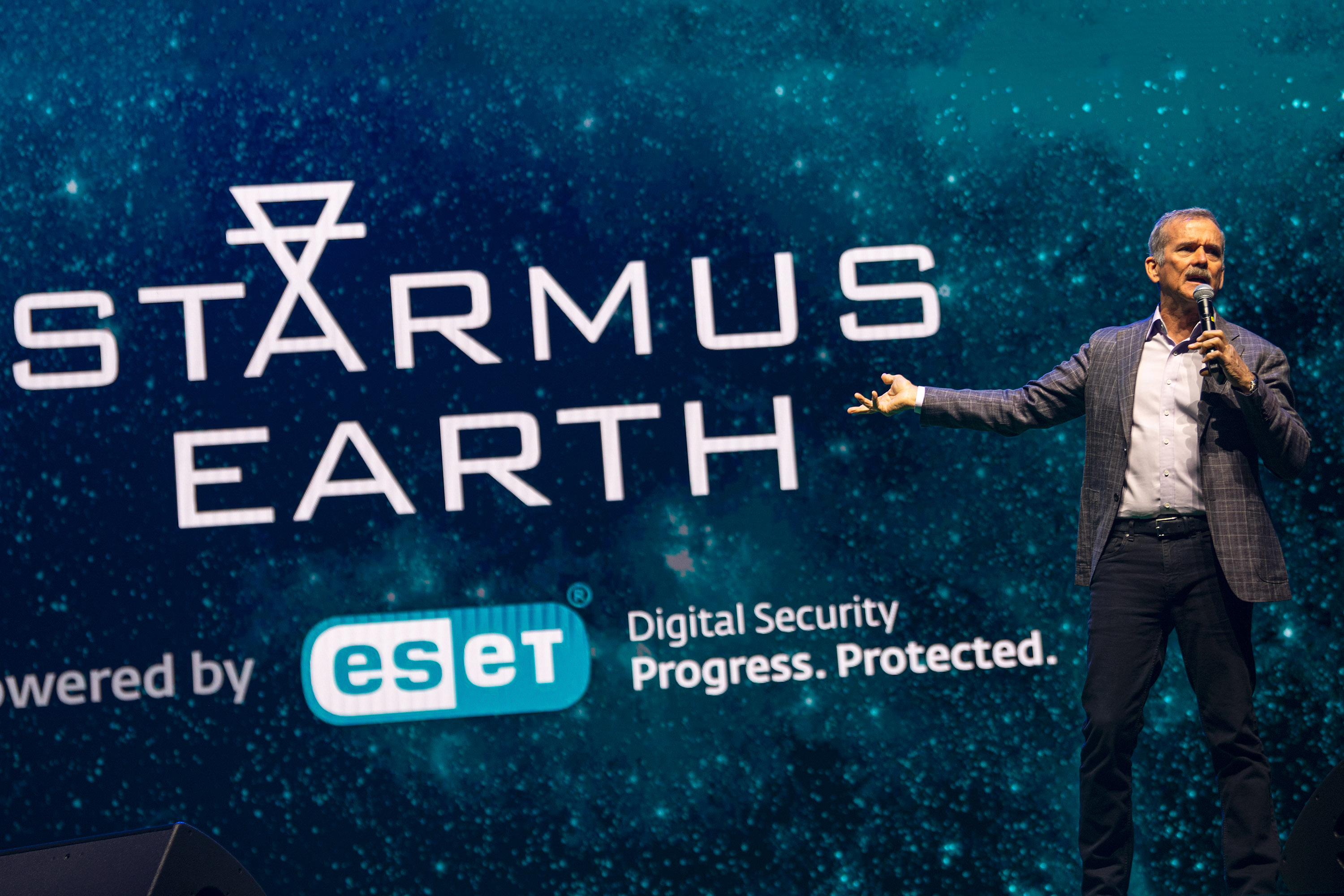
Astrophysicist Martin Rees took a different view from Wiseman, presenting his talk "Post-human Intelligence — A Cosmic Perspective" via a video link. Rees emphasized the importance of leaving human spaceflight to adrenaline-seeking private astronauts and using government organizations such as NASA and ESA to focus solely on robotic exploration.
Last but not least we were taken on a journey through time with physicist Brian Greene, who used captivating graphics and visual imagery to transport us through the cosmos and into the distant future in his talk titled "Until the End of Time".
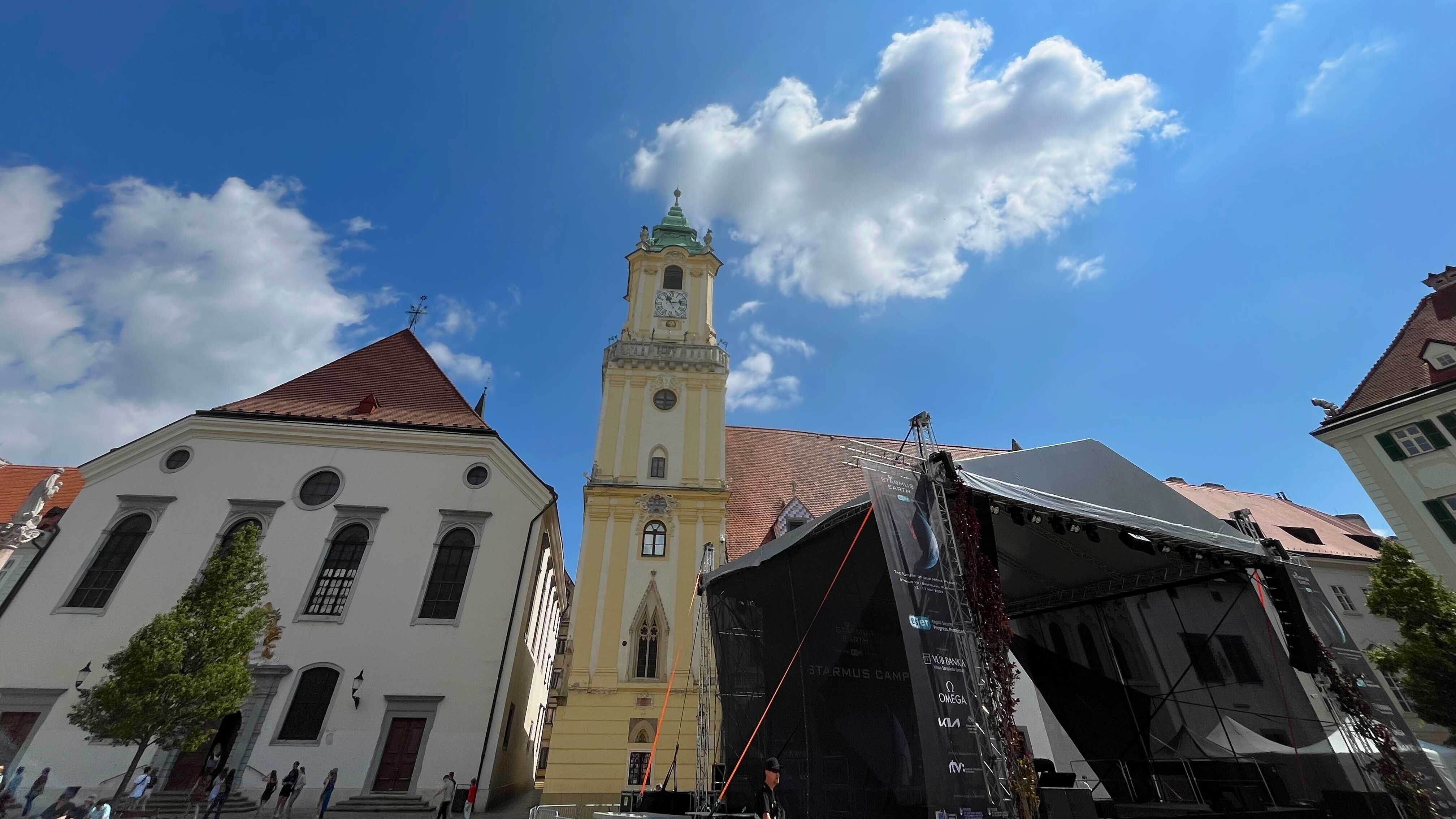
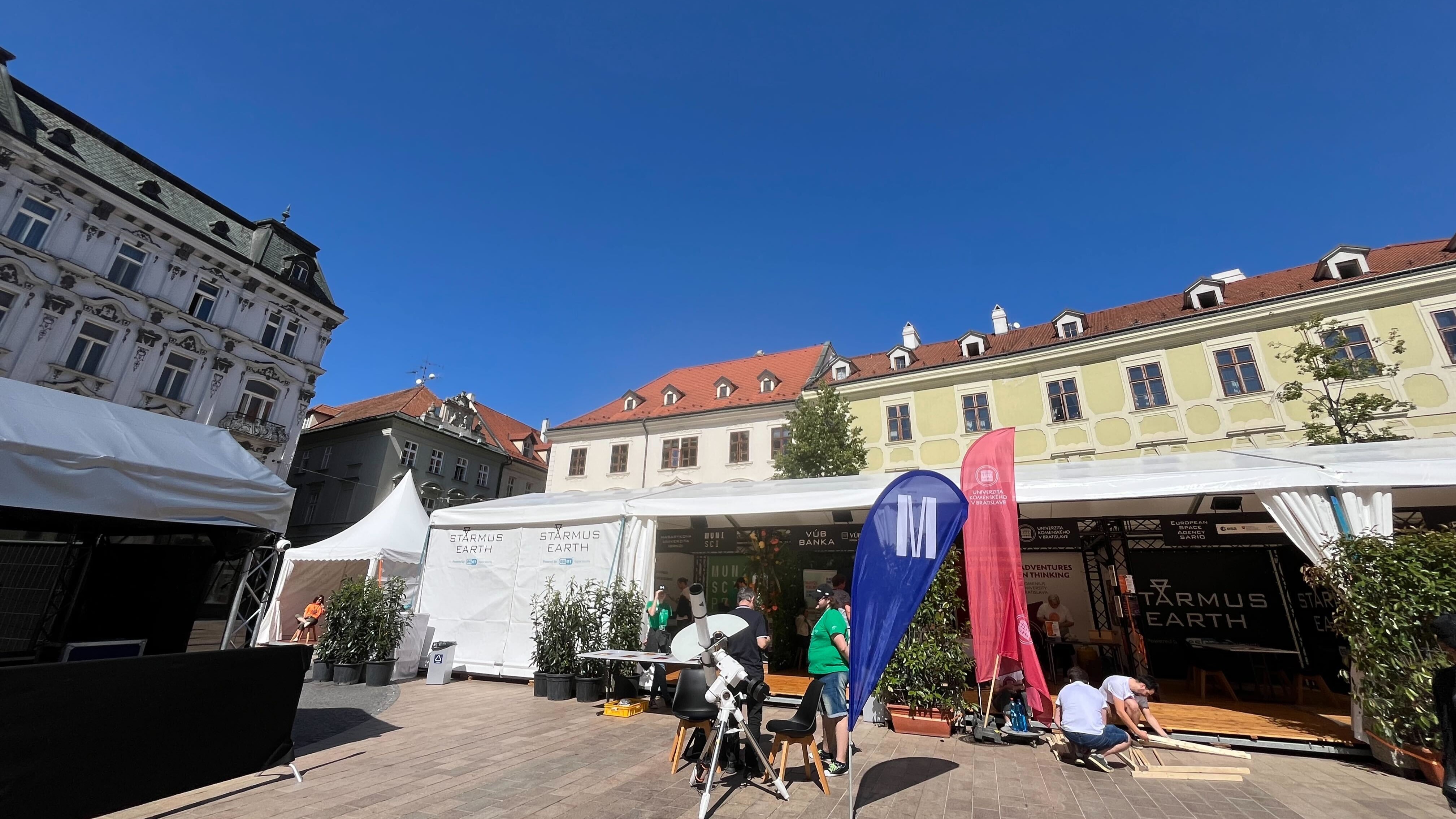
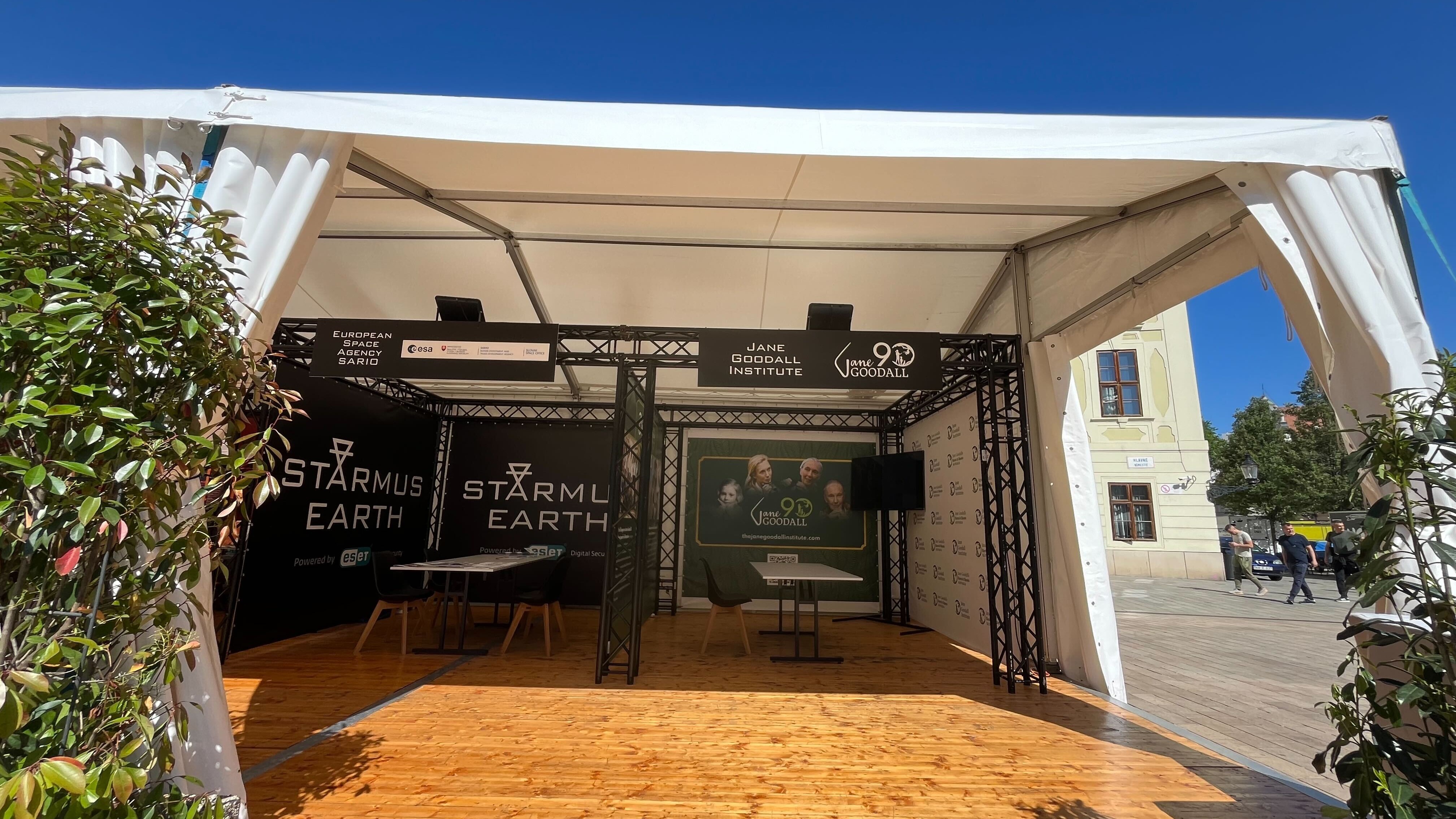
Alongside the main festival, the Starmus Camp and City Program brought science and music to the streets, featuring morning talks, presentations, and screenings in the heart of Bratislava at Hlavné námestie, the city's main square. The event included twelve booths with science exhibitions, as well as presentations, panel discussions, and a music program, all accessible to the general public for free.
Editor's Note: This article was made possible by transport and accommodation arranged by Starmus, who invited Space.com to attend the festival.







